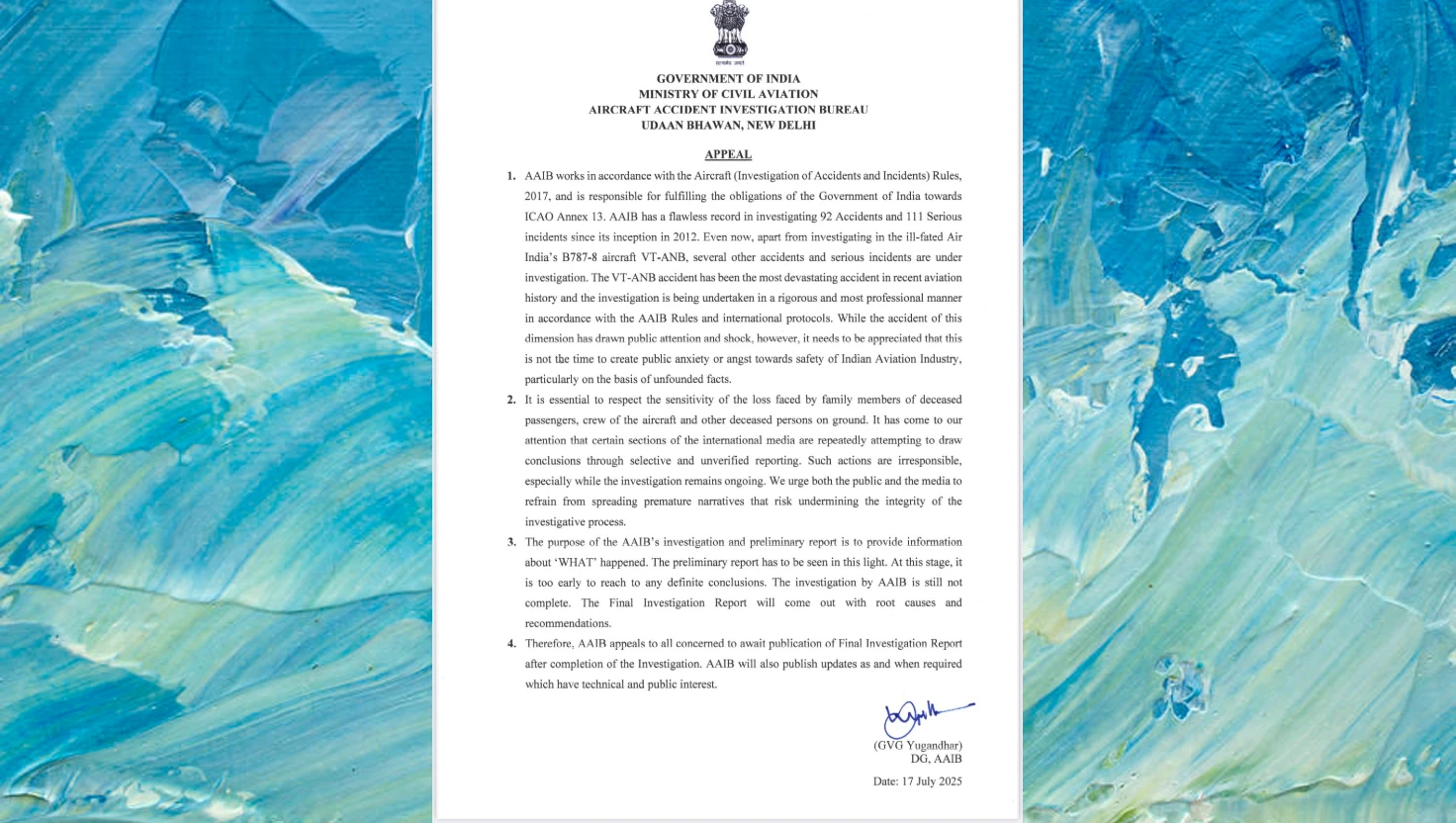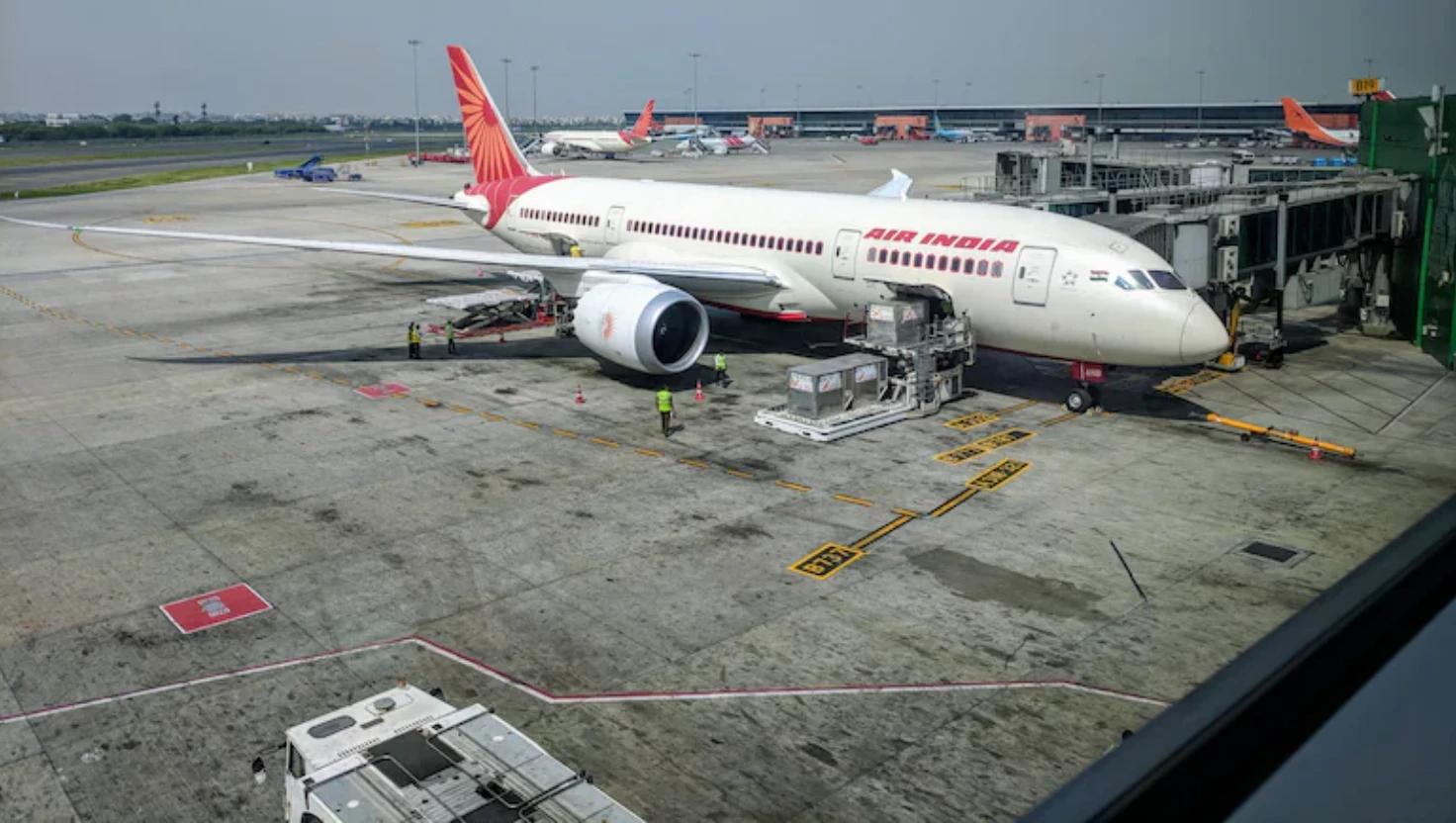Israel–Iran Ceasefire Announced by Trump After 12 Days of Escalation

Trump
US President Donald Trump claims Israel and Iran have agreed to a ceasefire after a 12-day conflict, though no official confirmation has yet been issued.
Speaking on Monday, President Trump said the ceasefire was the result of successful mediation and would come into effect “within hours,” following what he described as the completion of “final missions” by both sides. The ceasefire, he stated, would be implemented in two stages—first by Iran and then by Israel.
“On the assumption that everything works as it should, which it will,” Trump said in a social media post, “I would like to congratulate both countries, Israel and Iran, on having the stamina, courage, and intelligence to end what should be called ‘the 12-Day War’.”
The announcement followed a sharp escalation in hostilities, including a missile attack by Iran on Al Udeid Air Base in Qatar, which houses American military personnel. The strike came in response to US-led attacks on Iranian nuclear facilities authorised by Trump days earlier.
Despite the announcement, reports from inside Iran suggest that fighting may still be ongoing. Al Jazeera’s correspondent in Tehran, Tohid Asadi, reported that explosions and air defence activity continued across the capital more than an hour after Trump’s statement.
“We are witnessing the continuation of the Israeli strikes,” Asadi said, adding that retaliatory activity from Iranian forces could persist.
Middle East analyst Omar Rahman expressed scepticism about the announcement, noting that few details were provided and that previous statements from Trump had raised concerns over transparency.
Rahman warned that a final Israeli offensive could still destabilise any ceasefire agreement. “If [Israel] conducts a major strike, even something as extreme as targeting Iran’s Supreme Leader, would that end the war? No, of course not,” he told Al Jazeera.
Escalation and Retaliation
Tensions between Israel and Iran reached a critical point on 13 June, when Israel launched a large-scale assault targeting Iranian military leaders and nuclear infrastructure. Iranian officials described the attack as an act of unprovoked aggression and in violation of international law.
In retaliation, Iran launched hundreds of missiles into Israeli territory, causing extensive damage. The intensity of the exchanges led to fears that the conflict could spread beyond the two countries.
On Saturday, the United States escalated the situation by striking three Iranian nuclear sites. According to President Trump, the strikes were successful and aimed at neutralising Iran’s nuclear capabilities.
Shortly after the US action, Iran responded with what officials called an “unprecedented” missile attack on American positions in Qatar. However, the US president downplayed the impact of the Iranian retaliation, stating that 13 of 14 missiles were intercepted and one was deemed non-threatening.
Analysts say the US may be attempting to leverage its military actions to bring about a diplomatic resolution.
Liqaa Maki, a scholar at the Al Jazeera Media Institute, said Washington is seeking to “transform the military achievement into a political one” by securing a ceasefire that curbs Iran’s nuclear ambitions.
“Iran still retains substantial quantities of enriched uranium and the technical knowledge to rebuild its programme,” Maki said, warning that without inspections, Iran could resume weapons development within a few years.
Lack of Confirmation
Despite Trump’s optimistic tone, neither the Israeli government nor Iranian authorities have issued statements confirming the ceasefire. Reports from both sides suggest continuing operations and heightened alertness.
Iran’s Supreme Leader Ayatollah Ali Khamenei condemned recent US actions and shared a defiant message on social media, asserting that Iran would not submit to intimidation or foreign aggression.
“The Iranian nation will not accept harassment under any circumstances,” Khamenei posted, alongside an image of a burning American flag in a war-damaged setting.
Context
The sudden escalation in violence between Israel and Iran over the past two weeks is among the most serious military confrontations between the two countries in recent years. While tensions have simmered for decades, particularly over Iran’s nuclear programme and Israel’s regional security concerns, direct military exchanges on this scale are rare.
The situation was further complicated by the involvement of the United States. Trump’s decision to strike Iranian facilities marked a significant escalation and raised fears of a broader regional conflict.
While the US, Israel, and Iran have all used strong rhetoric in recent days, the reported ceasefire—if confirmed—could signal an opportunity for de-escalation.
Still, observers caution that without a formal, verified agreement and follow-up negotiations, the risk of renewed violence remains high.

Reliance Retail acquires Kelvinator, The Coolest One
Reliance Retail has purchased the Kelvinator brand from Electrolux for nearly ₹160 crore, aiming to strengthen its position in India's consumer durables market.
| 2025-07-19

Saiyyara has shattered every myth about launching newcomers. No big names, no big PR
Madhur Bhandarkar praises debut film 'Saiyaara' for its raw talent and storytelling, marking a shift in Bollywood's approach to newcomers.
| 2025-07-19

India slams reports blaming pilots for Air India crash
India's AAIB disputes US media assertions regarding Air India AI 171 crash, highlighting ongoing investigation and sensitivity towards victims' families.
| 2025-07-18

India Secures Four-Wicket Win in ODI Series Opener Against England
India achieves a four-wicket victory over England in the ODI series opener, led by Deepti Sharma's unbeaten 62 runs.
| 2025-07-17

Air India inspection claims no problems found with Boeing 787 fuel control switches
Air India has conducted thorough inspections of its Boeing 787 fuel control switches, reporting no problems following a DGCA directive.
| 2025-07-17




